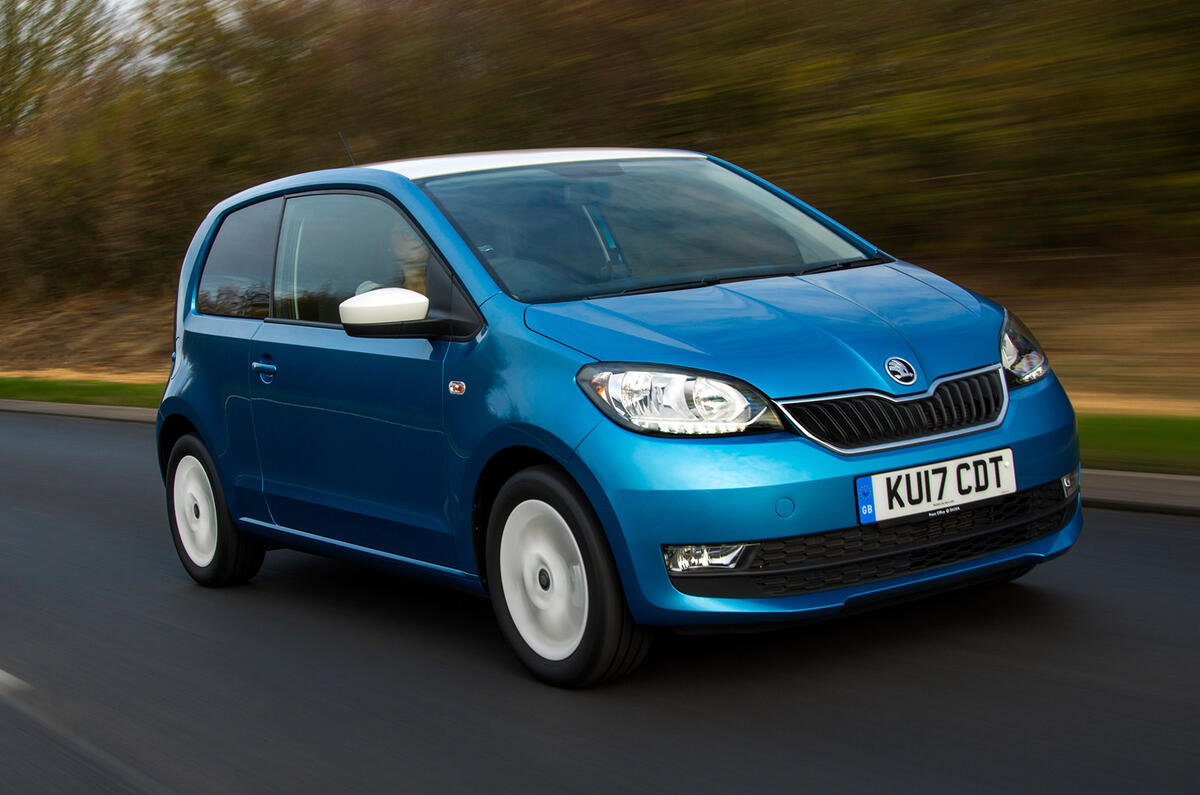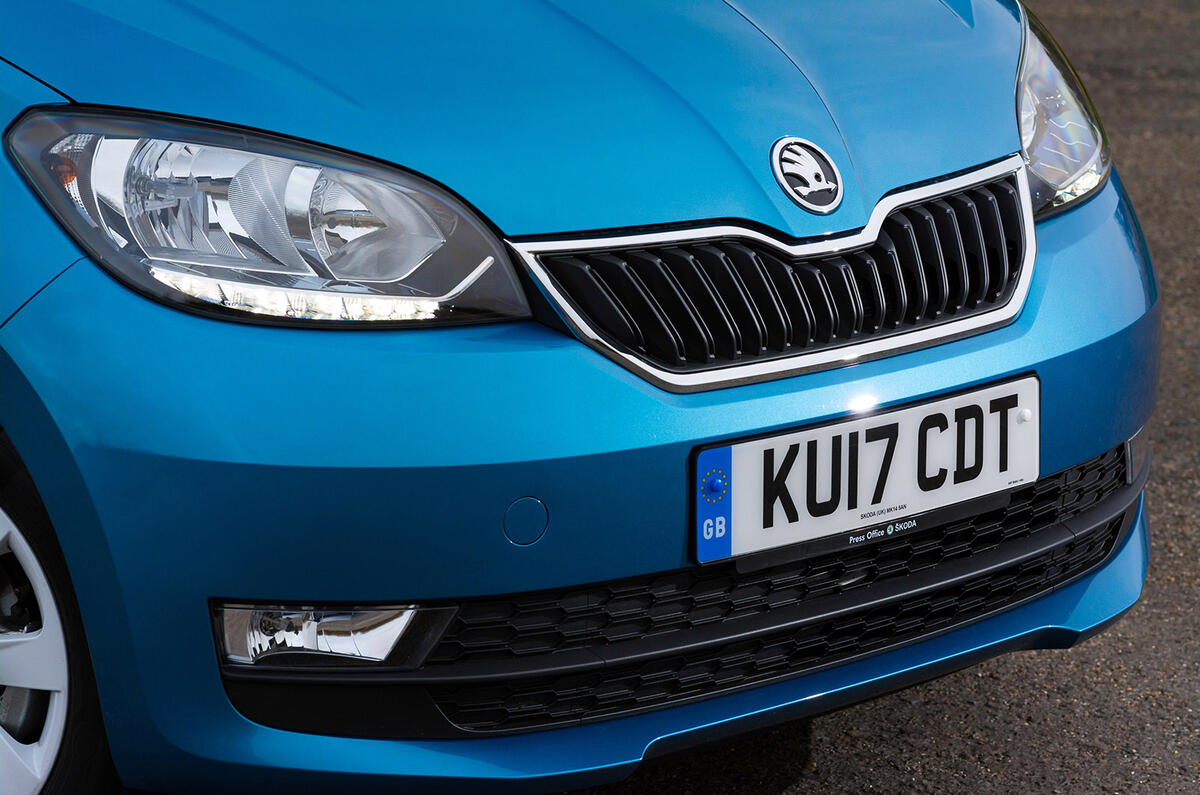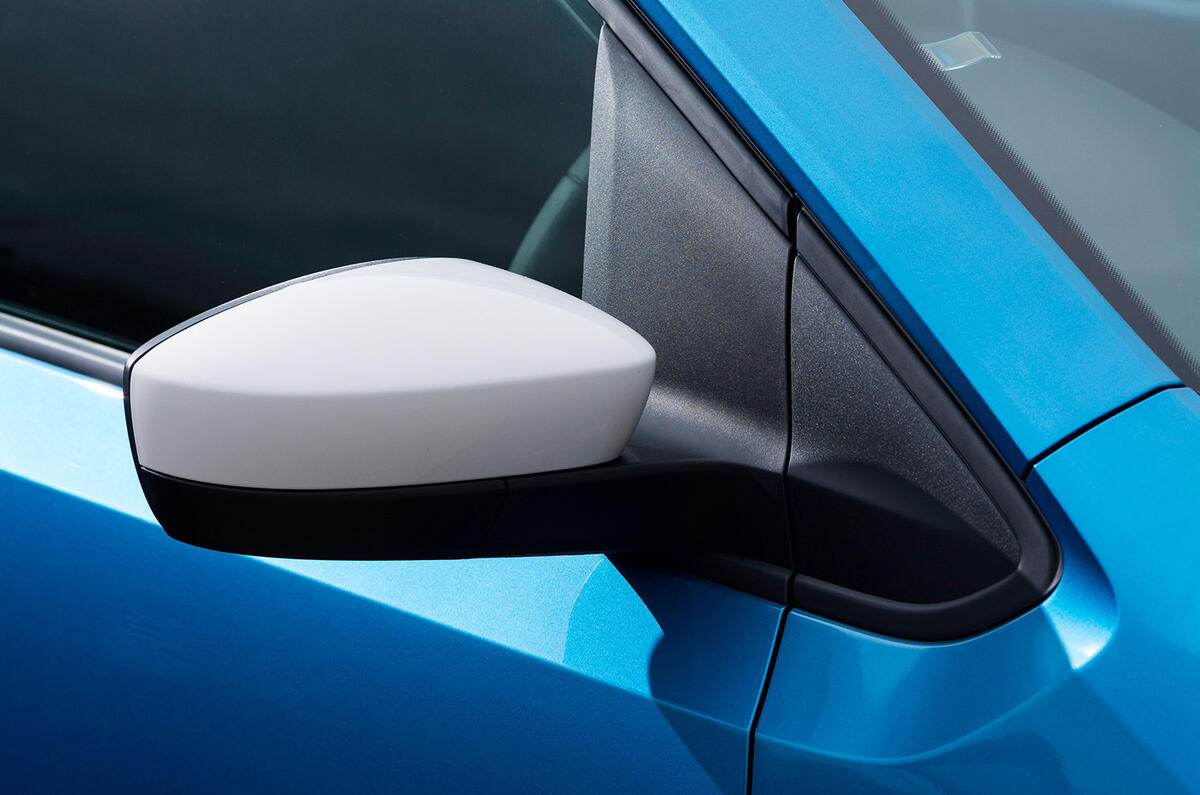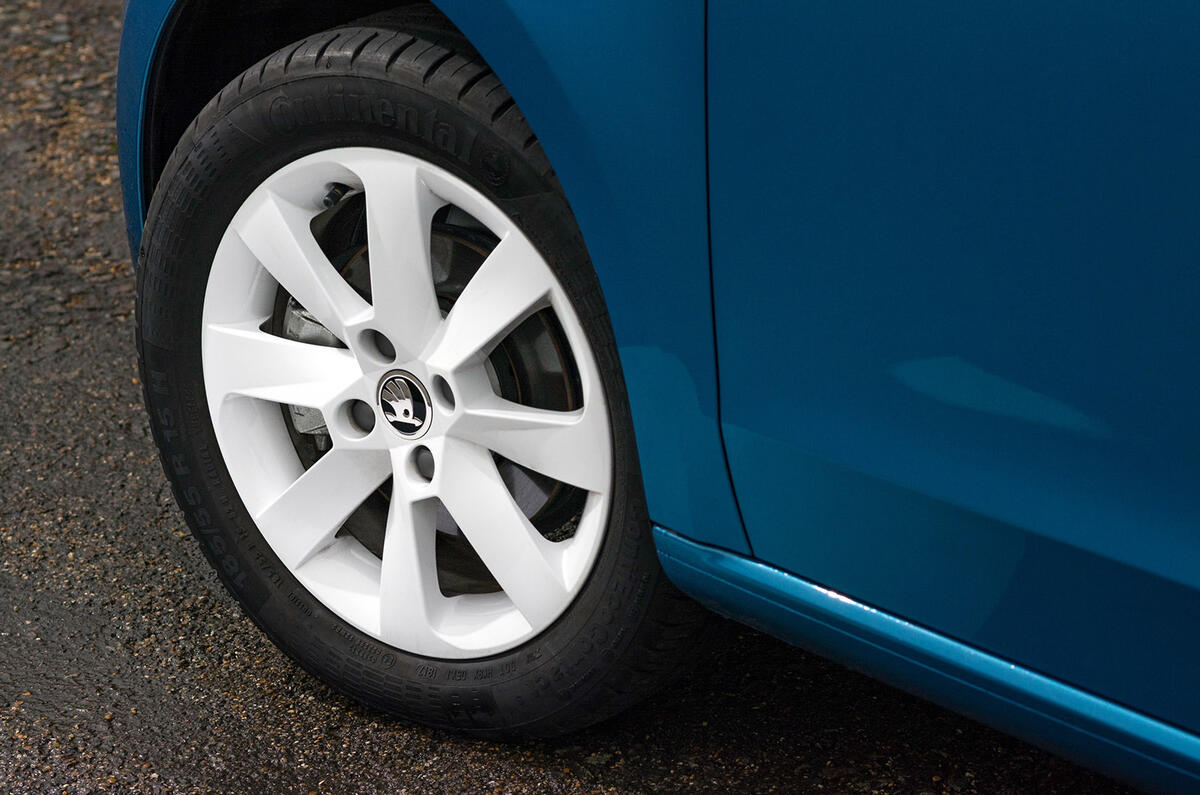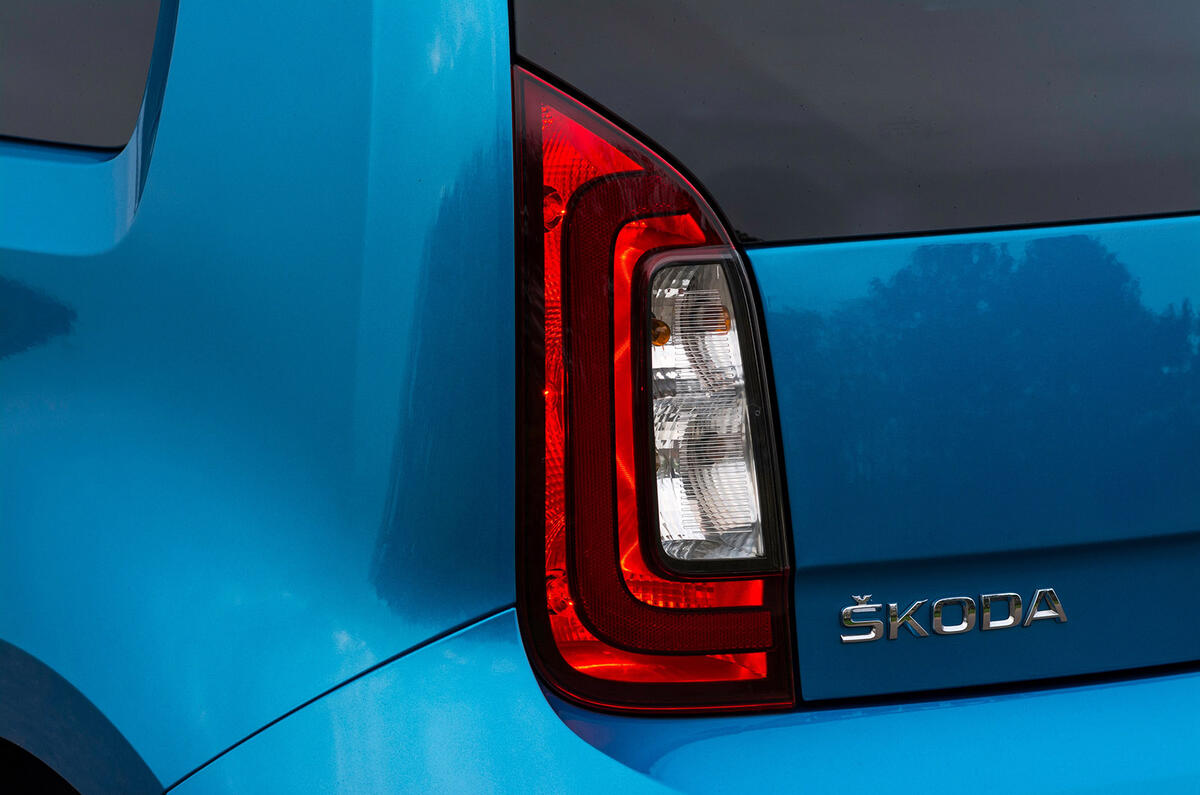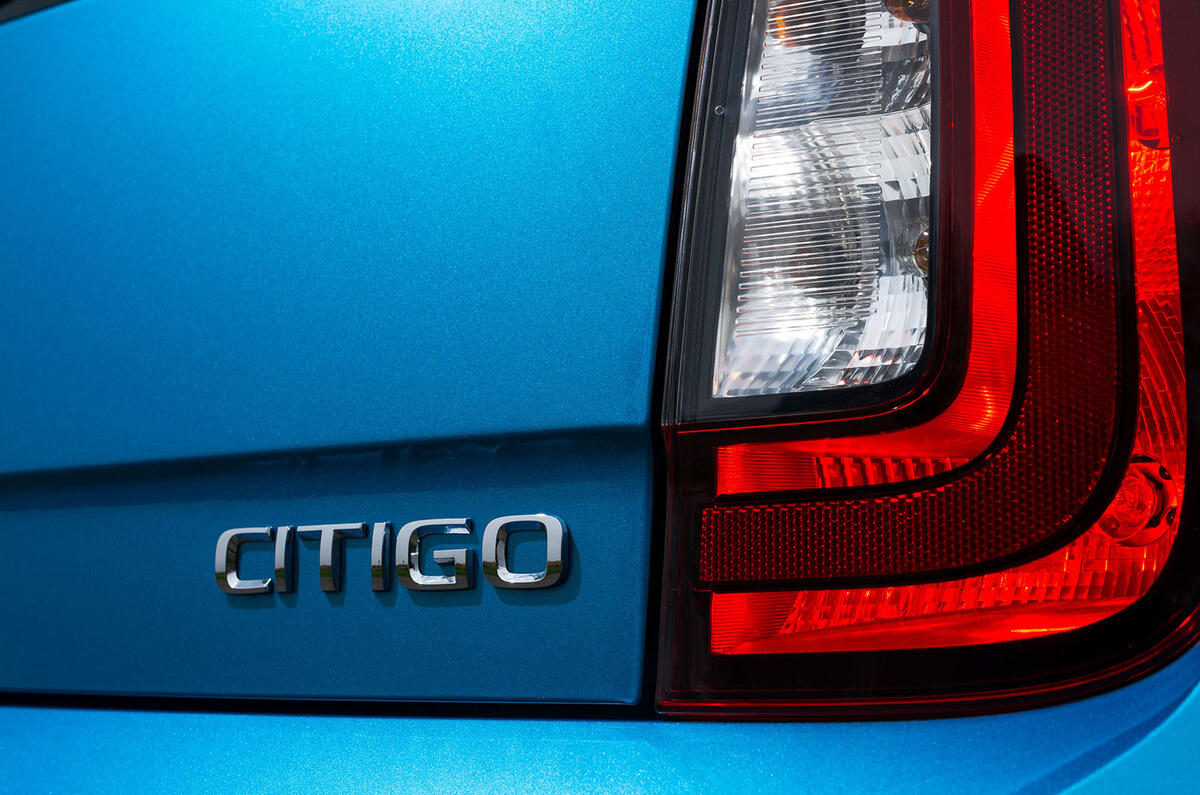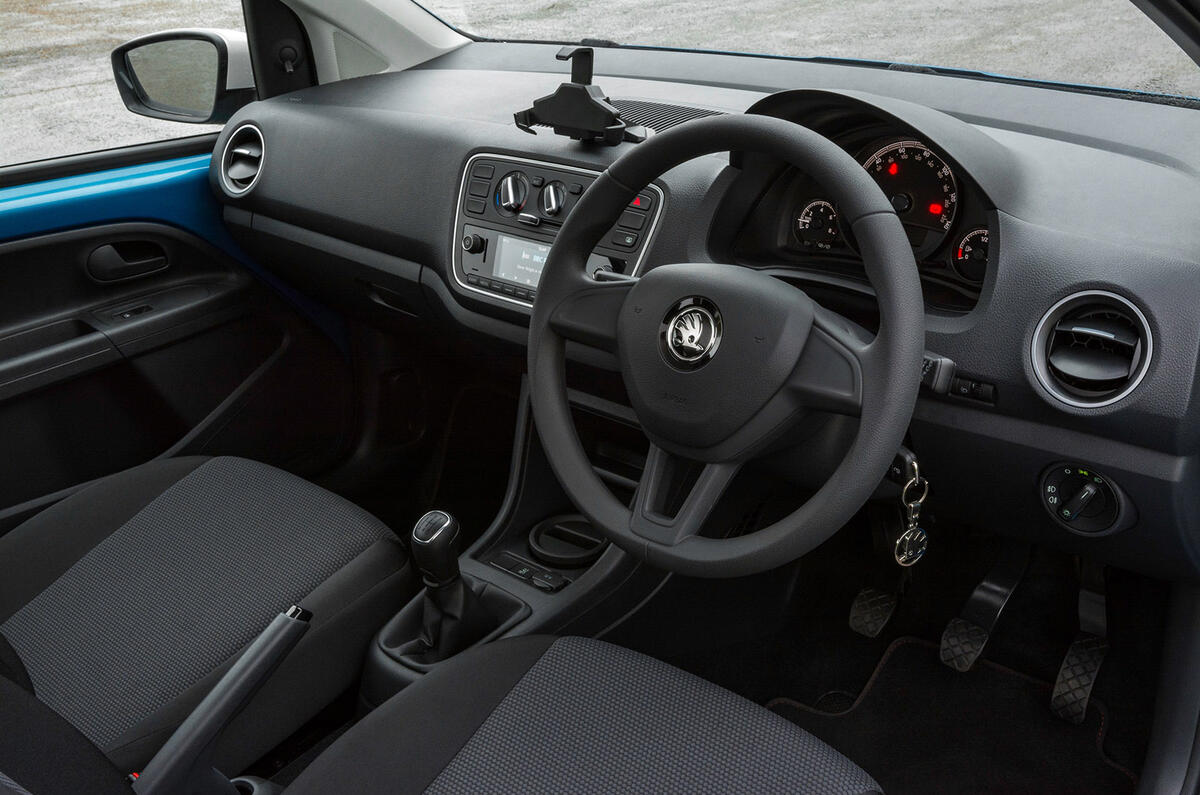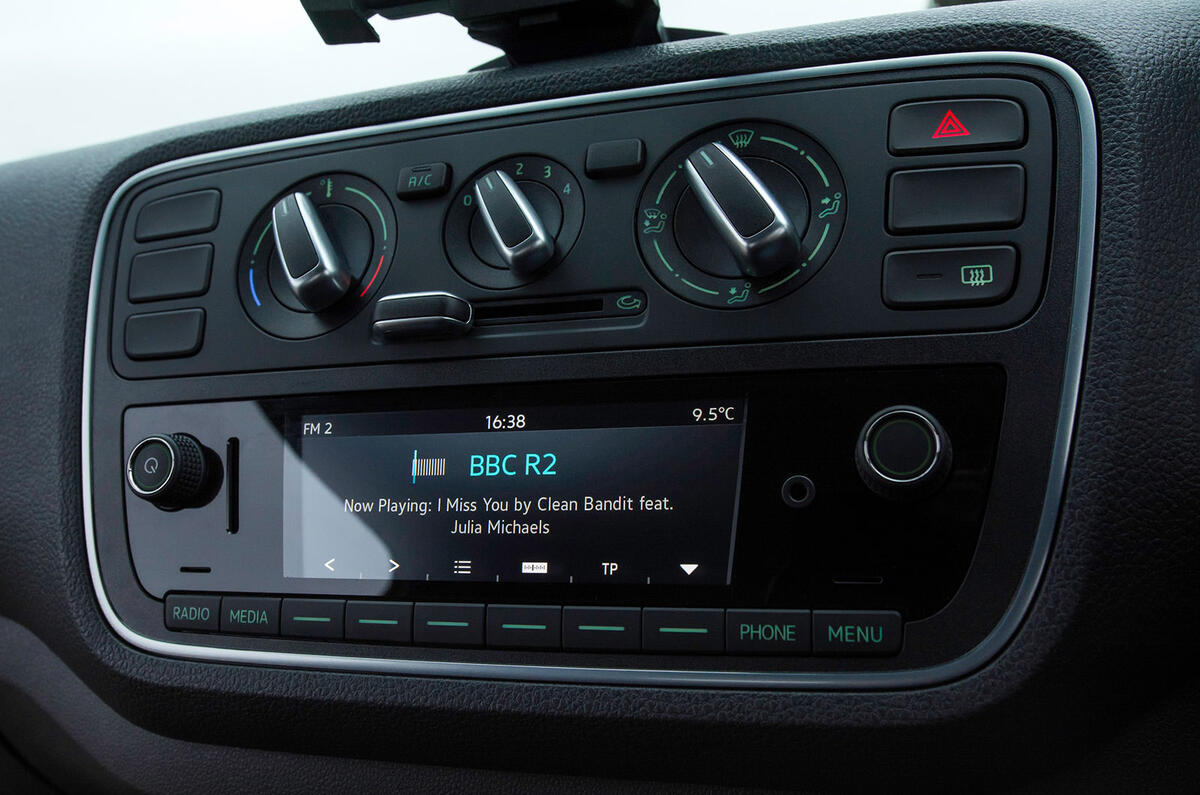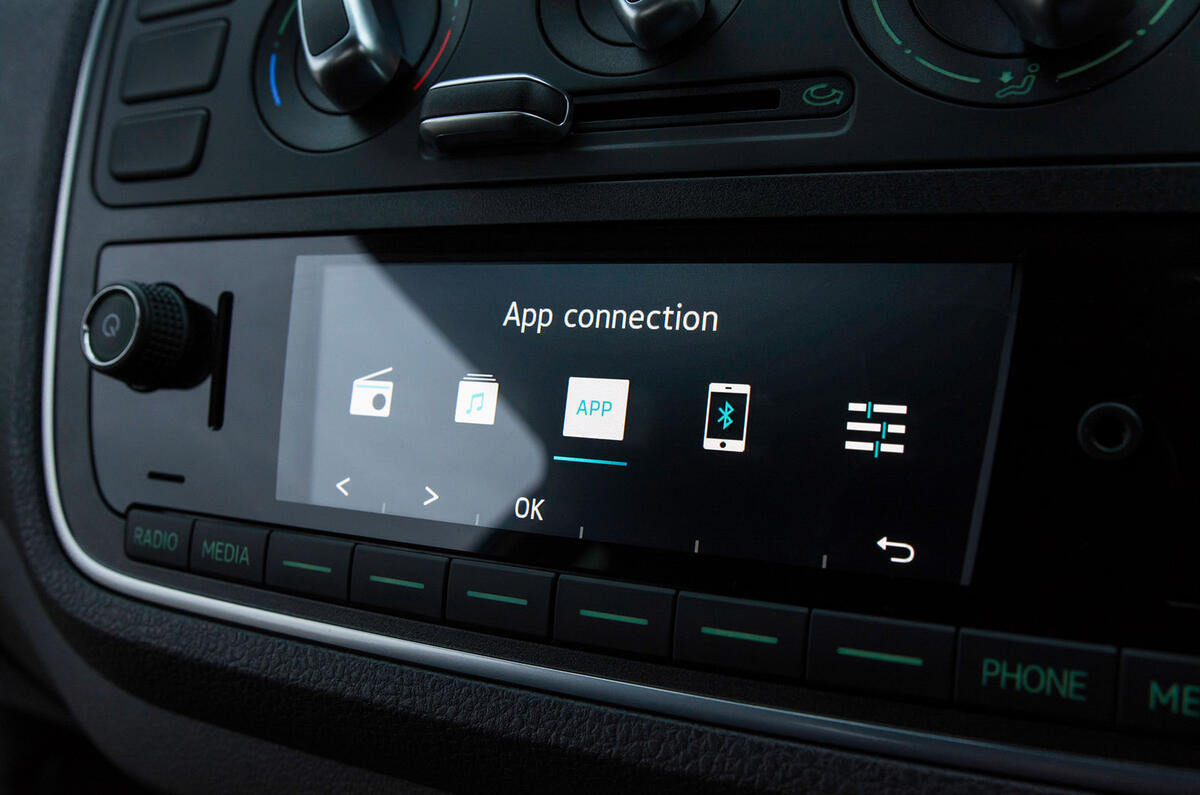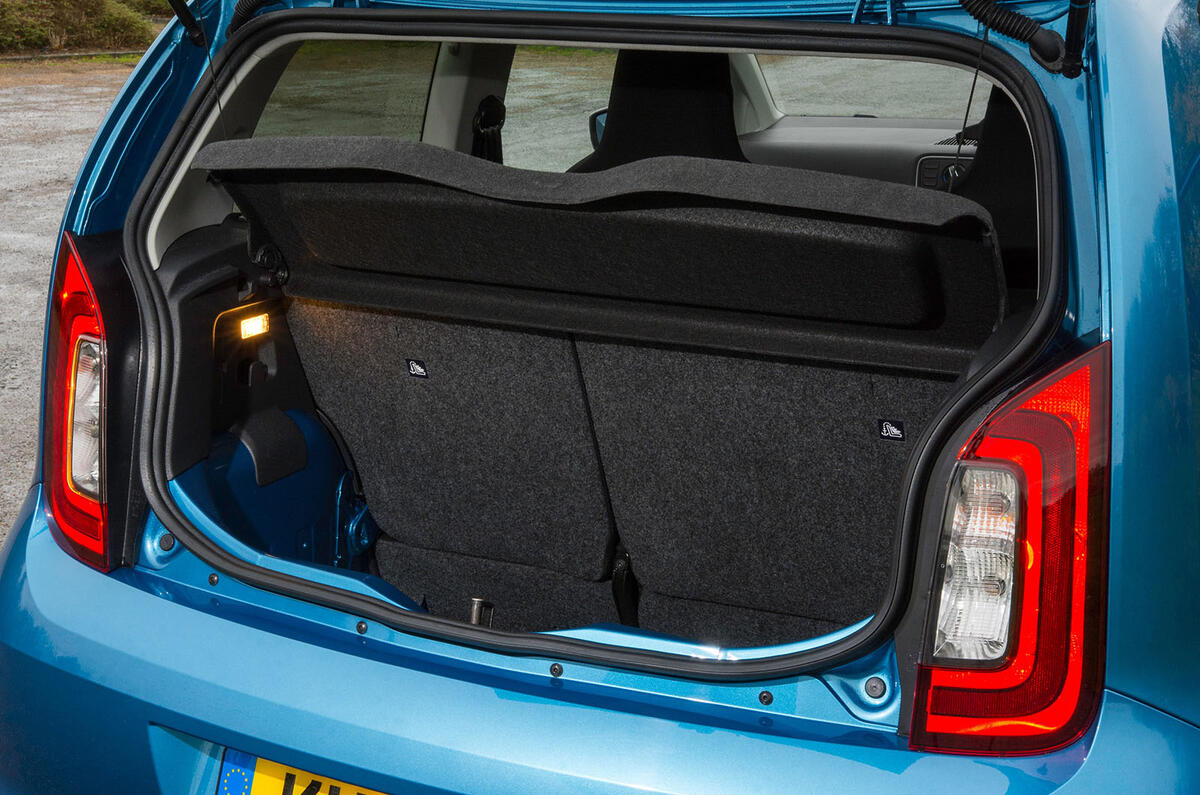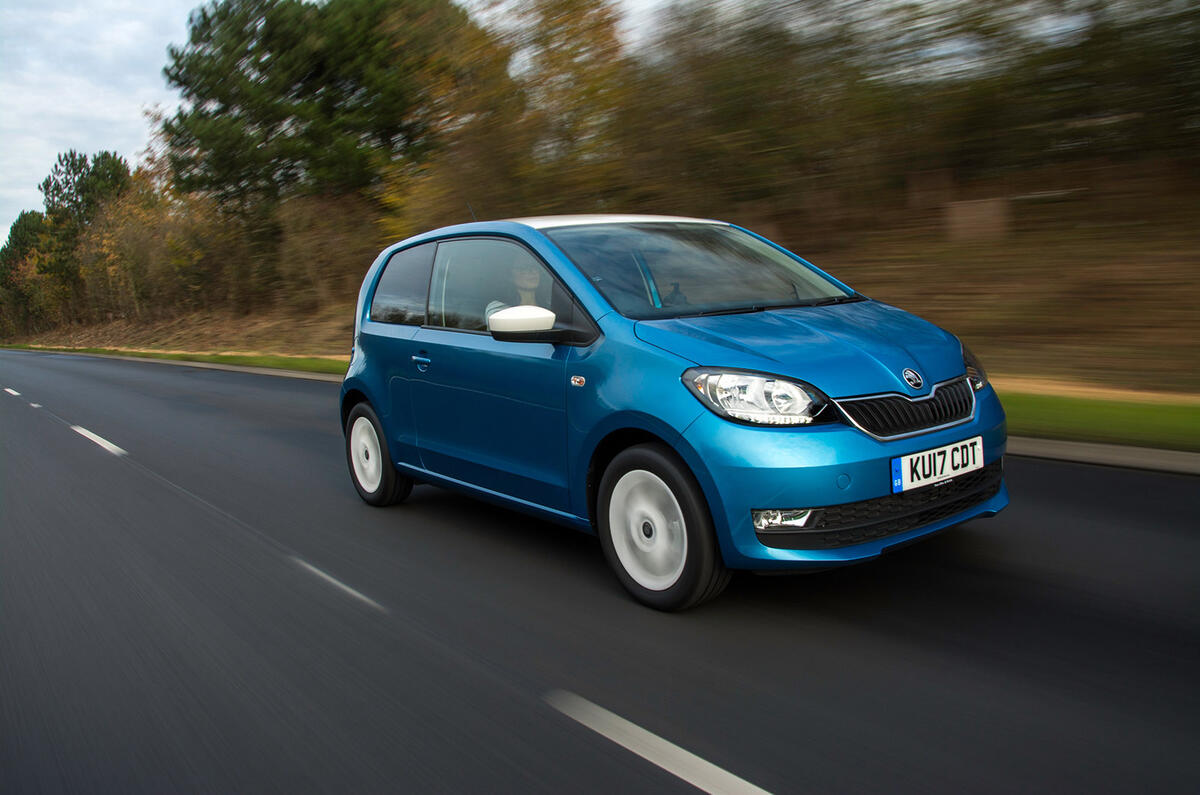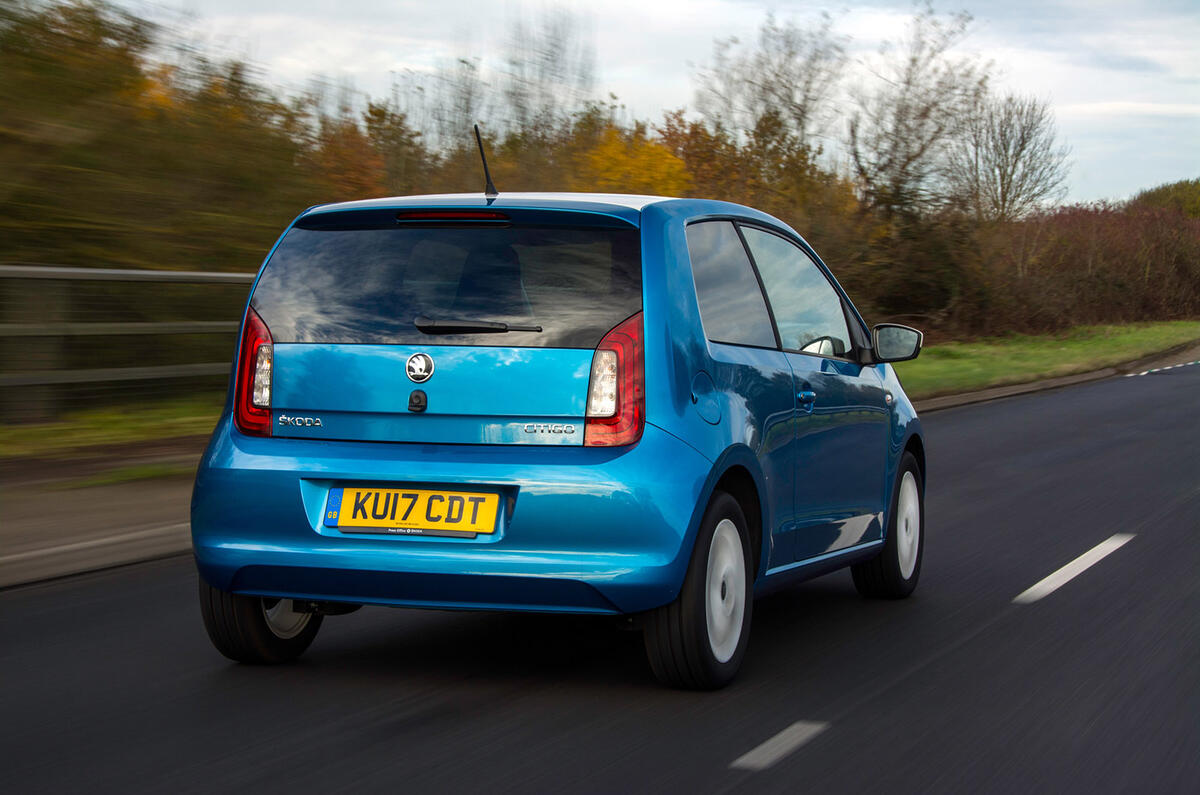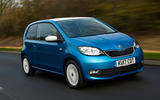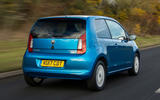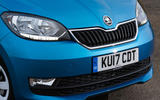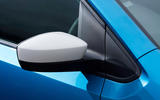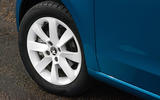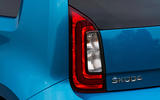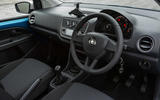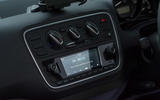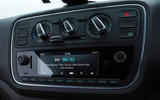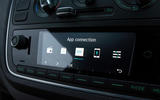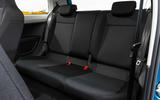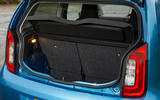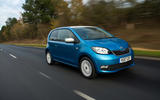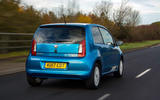The Skoda Citigo is the Czech car maker’s rebadged and subtly restyled version of the Volkswagen Up and Seat Mii city car.
It shares its engines, gearboxes, underpinnings and chassis components withthe related its more premium VW-badged sibling and rival, so, setting aside the badge differences, how do you distinguish a Citigo from an Up?
Telling the Citigo apart from the VW Up
There are some minor styling tweaks – notably to the front-end treatment, the shape of the front headlamps and the rear side-window. The Citigo’s finned grille set in a chrome-plated frame is a scaled-down version of that seen on the MissionL concept car, and shows the stylistic way forward for the Czech marque’s ever-expanding range.
A 2017 facelift, saw the front grille tweaked, the front and rear bumpers modified, which has extended the length by 34mm, and the bonnet was given a semi-aggressive bulge, while the majority of changes have been made to the alloy designs and body colour choice - with the spring green which accompanied the little Citigo at its launch replaced with a more pleasing-on-the-eye Kiwi Green.
Other changes have been minimal from the original car, with the interior given a much needed boost. Gone was the Garmin-powered sat nav unit which acted as the Citigo's multimedia infotainment system, and it has been replaced with a 5.0in colour display and a smartphone dock complete with a USB port and Skoda's Move&Fun app which combines sat nav, bluetooth connectivity, radio and driving data all from your phone's display.


